Transcranial Pulse Stimulation (TPS) for the treatment of patients with Alzheimer's disease
What are shock waves?
Shock waves are acoustic pulses, which have been used successfully since 1980 for the treatment of various conditions. They allow physical energy to take effect in localised areas of tissue. Shock wave studies related to orthopaedic or cardiac indications show that shock waves promote mechanotransduction1, stimulation of vascular endothelial growth factors (VEGF)2,3 and the release of nitric oxide (NO)4. This results in improved blood flow and formation of new blood vessels (neoangiogenesis). 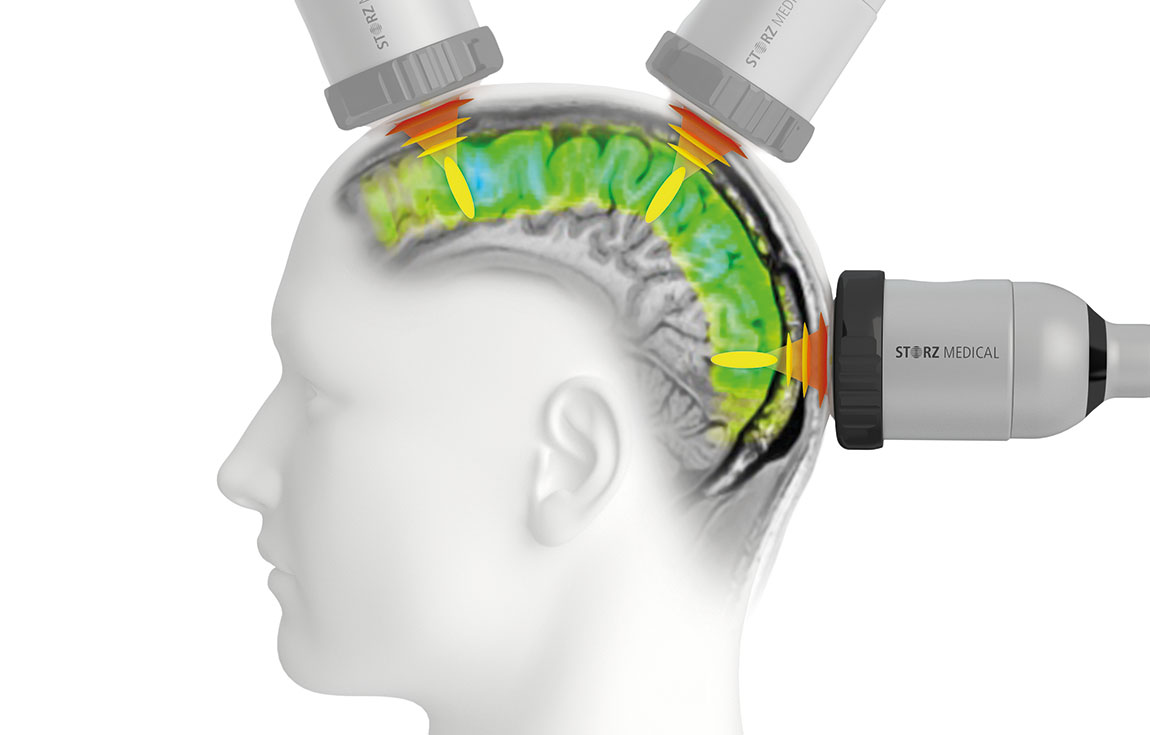
TPS can be used for targeted stimulation of brain regions
Shock waves vs. ultrasound
Shock waves are related to ultrasound waves, but the two technologies are fundamentally different. While ultrasound is characterised by a continuous wave with numerous oscillations, shock waves are characterised by a single pressure pulse followed by a tensile wave of lower amplitude. As a result of the high-frequency alternating exposure, the energy of the ultrasound waves is absorbed by the tissue and can lead to tissue heating – an effect that is not observed with shock waves.
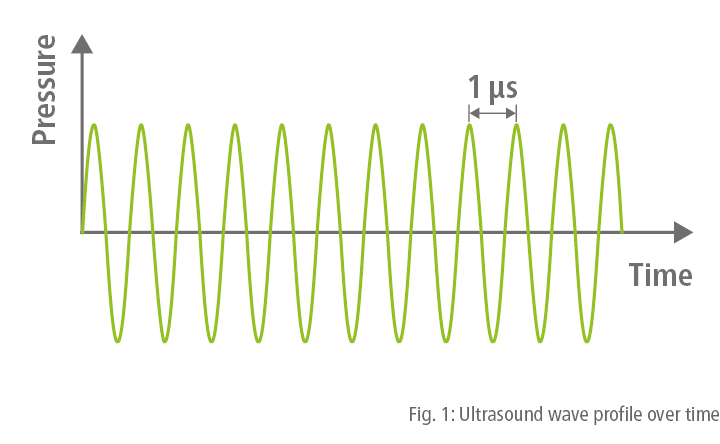
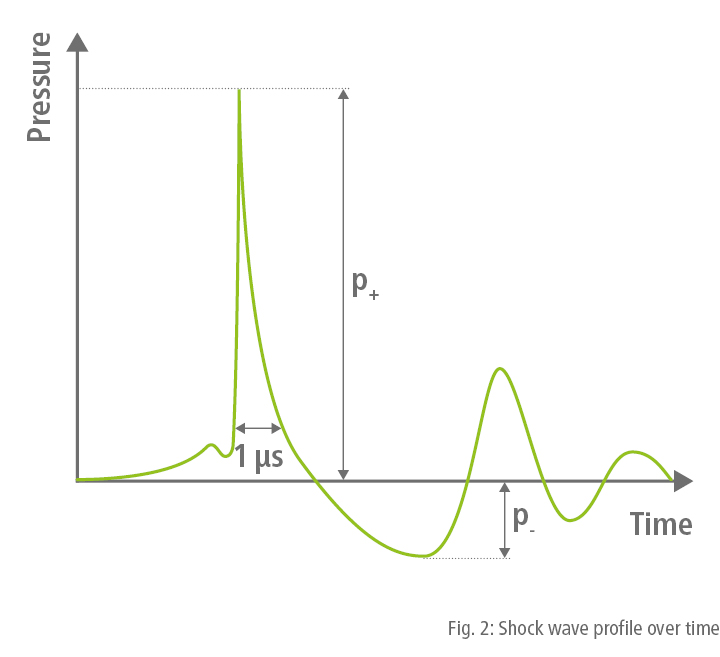
Transcranial Pulse Stimulation (TPS)
In Neurology, we refer to shock wave treatment with the NEUROLITH® as Transcranial Pulse Stimulation – TPS for short. Other applications use high-energy shock waves, whereas TPS uses low-energy waves to introduce energy into the tissue.
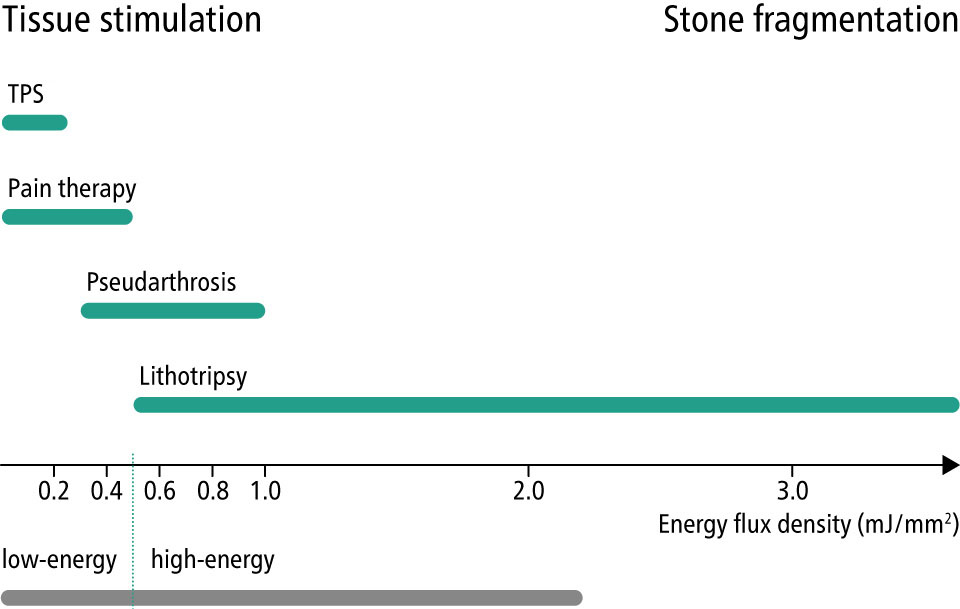
Patients with Alzheimer's disease were first treated in 2015 as part of a study at the University of Vienna5,6. The NEUROLITH® system with TPS is a device for the treatment of patients with Alzheimer's disease and has been CE-marked since 2018.
Neurological conditions such as Parkinson's disease, among others, are now a focus of our continuing clinical research and development.
Advantages of TPS
- Targeted deep stimulation of cerebral regions
- Straightforward outpatient treatment
- Duration of a session: approx. 30 minutes, six sessions in two weeks
- No head shaving necessary
- Real-time visualisation of the applied pulses in colour
BodyTrack® – real-time treatment documentation with 3D visualisation
Real-time tracking of the handpiece position automatically reveals which area has been treated. The use of personalised MRI data allows individual brain features to be taken into consideration. Each time the handpiece position is changed, the display of the target regions in the loaded MRI images is automatically adjusted. The applied energy is displayed in colour. The BodyTrack® software is a unique tool for visualising and monitoring the emitted TPS pulses and the course of the treatment.
Advantages of the BodyTrack® software
- Use of personalised MRI data
- Display of MRI data in three perspectives
- Colour visualisation of the treatment zone
- Real-time display of the TPS pulse distribution
- Documentation of the applied energy and the course of treatment
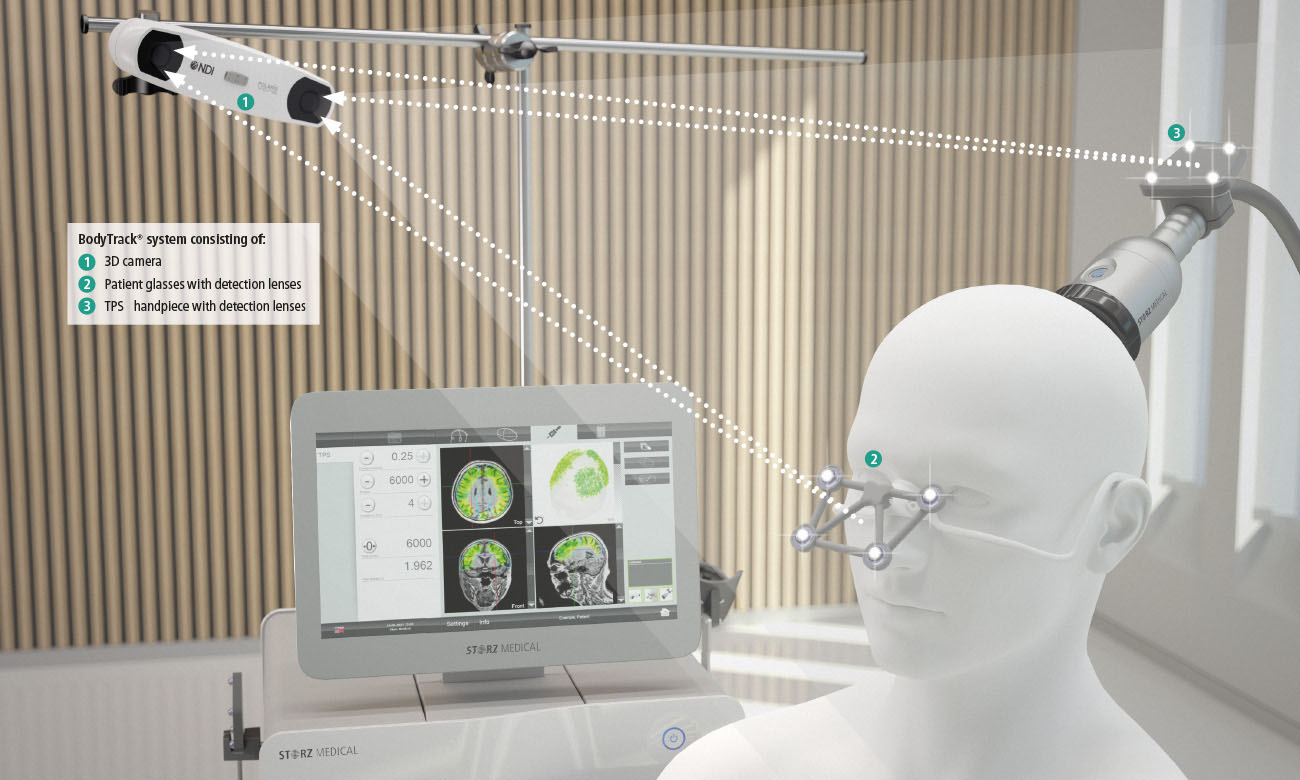
Publications:
1Beisteiner, R. et al.: Transcranial Pulse Stimulation with Ultrasound in Alzheimer’s Disease—A New Navigated Focal Brain Therapy, Adv. Sci. [online ahead of print], DOI: 10.1002/advs.201902583, 2019
3Yahata, K. et al.: Low-energy extracorporeal shock wave therapy for promotion of vascular endothelial growth factor expression and angiogenesis and improvement of locomotor and sensory functions after spinal cord injury, J Neurosurg Spine, Vol. 25(6), Pages 745–755, 2016
4Hatanaka, K. et al.: Molecular mechanisms of the angiogenic effects of low-energy shock wave therapy: roles of mechanotransduction, Am J Physiol Cell Physiol, Vol. 311(3), C378–C385, 2016
5Mariotto, S. et al.: Extracorporeal shock waves: From lithotripsy to anti-inflammatory
action by NO production, Nitric Oxide, Vol. 12(2), 89–96, 2005
6d´Agostino, M. C. et al.: Shock wave as biological therapeutic tool: From mechanical stimulation to recovery and healing, through mechanotransduction, Int J Surg., Dec. 24(Pt B), 147-153, 2015
7López-Marín, L. M. et al.: Shock wave–induced permeabilization of mammalian cells, Phys Life Rev., 26-27:1-38, 2018
8Wang, B. et al.: Low-Intensity Extracorporeal Shock Wave Therapy Enhances Brain-Derived Neurotrophic Factor Expression through PERK/ATF4 Signaling Pathway, Int J Mol Sci., Feb 16;18(2). pii: E433, 2017
Experiences with the NEUROLITH®
 »I am very satisfied with TPS as it is very user-friendly and has a real-time treatment visualization. More importantly, TPS has proved to be effective and safe in the treatment of my patients. I consider TPS to be a breakthrough in brain treatment and stimulation!« Dr Teris Cheung, Hong Kong
»I am very satisfied with TPS as it is very user-friendly and has a real-time treatment visualization. More importantly, TPS has proved to be effective and safe in the treatment of my patients. I consider TPS to be a breakthrough in brain treatment and stimulation!« Dr Teris Cheung, Hong Kong
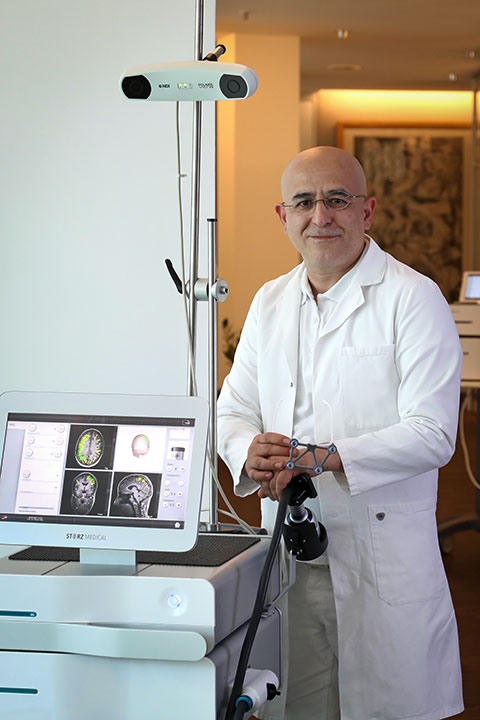 »The first few patients treated with Transcranial Pulse Stimulation (TPS) are making very good progress. Their relatives are very surprised and pleased by the positive effect of TPS .« Prof Dr Musa Citak, Hamburg, Germany
»The first few patients treated with Transcranial Pulse Stimulation (TPS) are making very good progress. Their relatives are very surprised and pleased by the positive effect of TPS .« Prof Dr Musa Citak, Hamburg, Germany
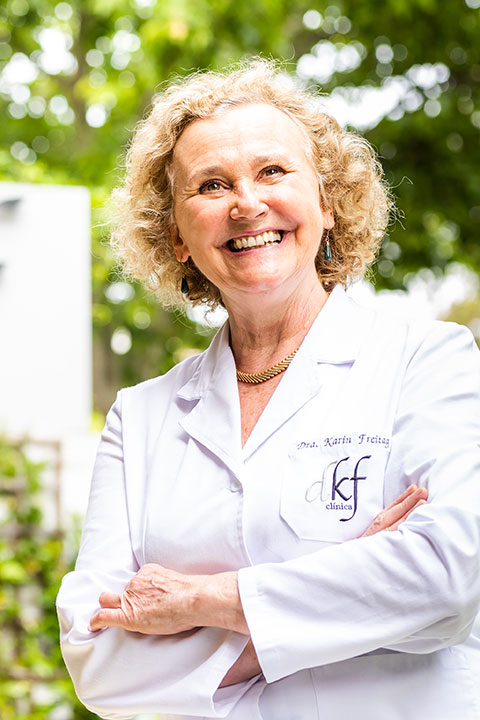 »I am convinced of the biological effect of shock waves and therefore co-founded the Spanish Society for Shock Wave Therapy in 2011. It relies in our hands to focus on research and support new therapies. The treatment of patients with Alzheimer with shock waves - called »Transcranial Pulse Stimulation« (TPS) is showing promising results in neurology and therefore, I felt the excitement from the very beginning.
»I am convinced of the biological effect of shock waves and therefore co-founded the Spanish Society for Shock Wave Therapy in 2011. It relies in our hands to focus on research and support new therapies. The treatment of patients with Alzheimer with shock waves - called »Transcranial Pulse Stimulation« (TPS) is showing promising results in neurology and therefore, I felt the excitement from the very beginning.
We stimulate selected brain regions with the NEUROLITH in our Alzheimer's patients and see significant improvements: The patients are more attentive, in a better mood and can express themselves verbally with more clarity. Moreover, this treatment can slow down the initial cognitive deterioration in mild Alzheimer's disease. The improvements achieved with NEUROLITH also impact the quality of life of the patient´s family, which are ultimately the greatly affected by the neurodegenerative diseases of their loved ones.« Dr Karin Freitag, Madrid, Spain
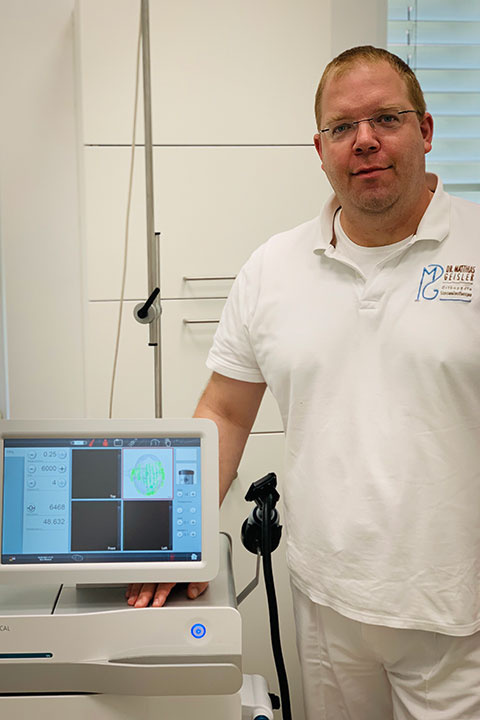 »Laughing and happiness: it's a matter of course for healthy people. But I've noticed during my TPS treatments that this is not really the reality for my patients. Many become sad and withdrawn, which is understandable, because they can't do things the way they used to. That's why I am all the more pleased when relatives call or write to me after the first TPS treatments with the NEUROLITH to let me know that their loved ones are now laughing more. They're glowing again, and you're a little happier as a result.
»Laughing and happiness: it's a matter of course for healthy people. But I've noticed during my TPS treatments that this is not really the reality for my patients. Many become sad and withdrawn, which is understandable, because they can't do things the way they used to. That's why I am all the more pleased when relatives call or write to me after the first TPS treatments with the NEUROLITH to let me know that their loved ones are now laughing more. They're glowing again, and you're a little happier as a result.
This affects everyone: the patients, their relatives, their environment. And me! Time and time again.« Dr Matthias Geisler, Vienna, Austria
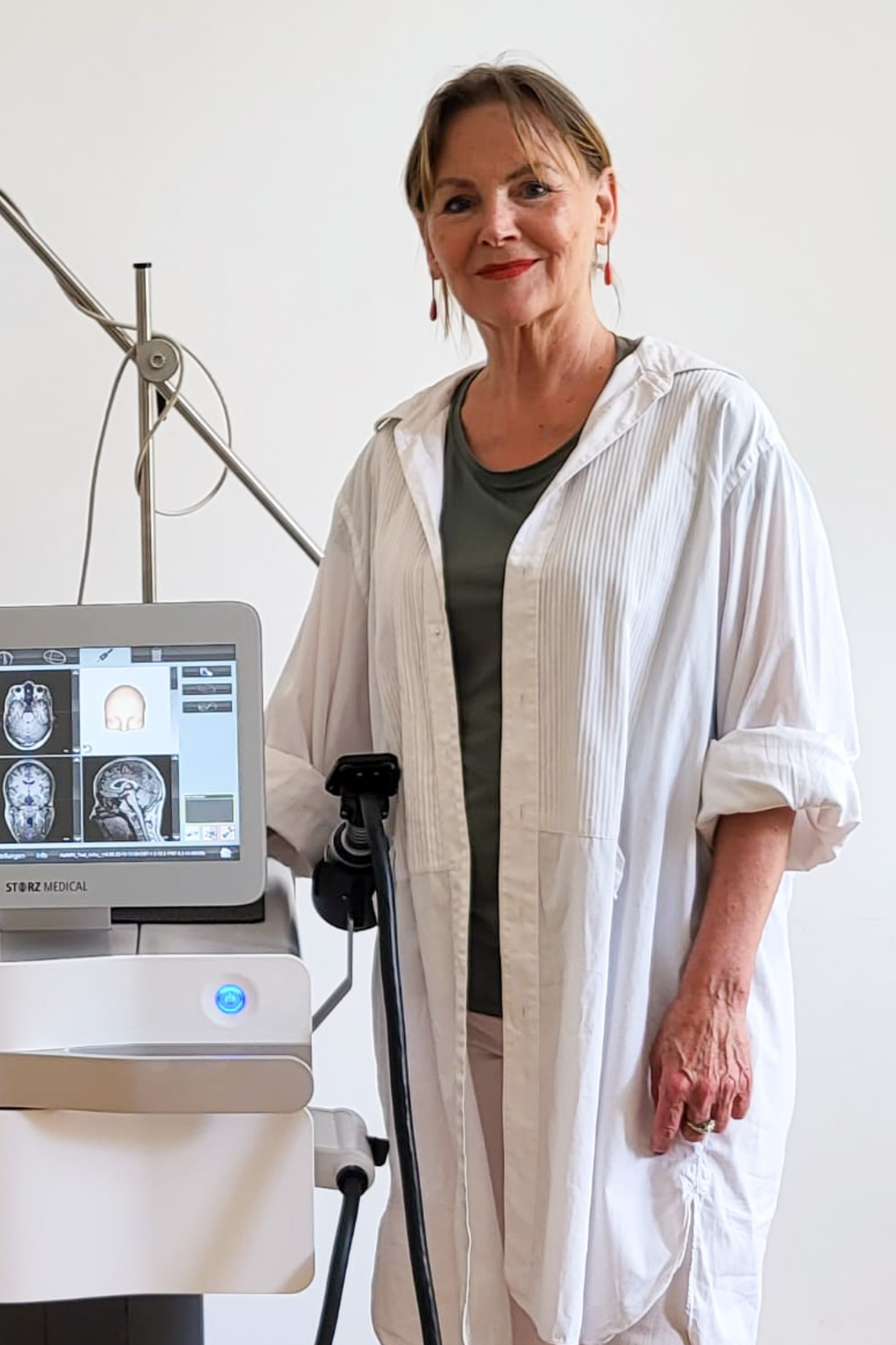 »I am extremely satisfied with the use of TPS and the progress of patients with Alzheimer's dementia, particularly in the early stages. Based on my personal experience, I could observe how the patients' ability to concentrate and remember developed positively. This led to relief for both the affected persons themselves as well as their relatives.« Dr Uta Santos-König, Vienna, Austria
»I am extremely satisfied with the use of TPS and the progress of patients with Alzheimer's dementia, particularly in the early stages. Based on my personal experience, I could observe how the patients' ability to concentrate and remember developed positively. This led to relief for both the affected persons themselves as well as their relatives.« Dr Uta Santos-König, Vienna, Austria
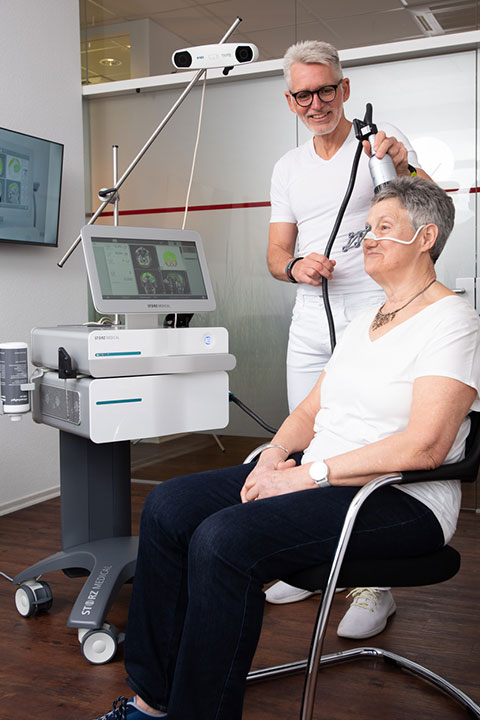 »Since March 2021, we have been one of the first practices in Germany to use TPS for treatments. Compared to alternative therapies, the results so far have been outstanding, and more consistent than average. Our patients feel extremely comfortable during the treatment due to the well-thought-out therapy concept and the comfortable application in a sitting position. For us, a qualitative improvement in how patients cope with everyday life is the primary goal of the therapy, which is something we are usually very able to achieve. In our view, TPS therapy will revolutionise the treatment of Alzheimer’s dementia.« Dr Alfred Spieker, Achern, Germany
»Since March 2021, we have been one of the first practices in Germany to use TPS for treatments. Compared to alternative therapies, the results so far have been outstanding, and more consistent than average. Our patients feel extremely comfortable during the treatment due to the well-thought-out therapy concept and the comfortable application in a sitting position. For us, a qualitative improvement in how patients cope with everyday life is the primary goal of the therapy, which is something we are usually very able to achieve. In our view, TPS therapy will revolutionise the treatment of Alzheimer’s dementia.« Dr Alfred Spieker, Achern, Germany
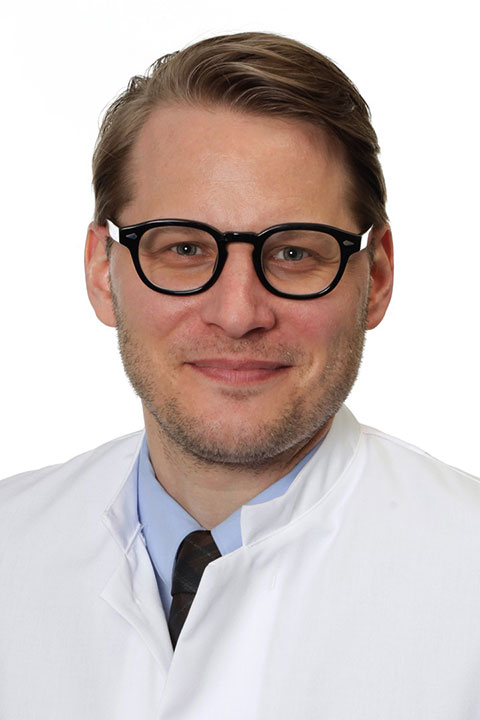 »TPS is a new therapy for Alzheimer’s disease, which is, in my experience, very well tolerated.
»TPS is a new therapy for Alzheimer’s disease, which is, in my experience, very well tolerated.
My first treatments showed amazingly positive effects in patients. There is initial scientific evidence of the clinical benefits in humans and of the effects on network connectivity in the brain.« Prof. Dr med. Lars Wojtecki, Kempen, Germany
I am interested in the NEUROLITH®.
I would like to view the product brochure:
Please contact me at:

